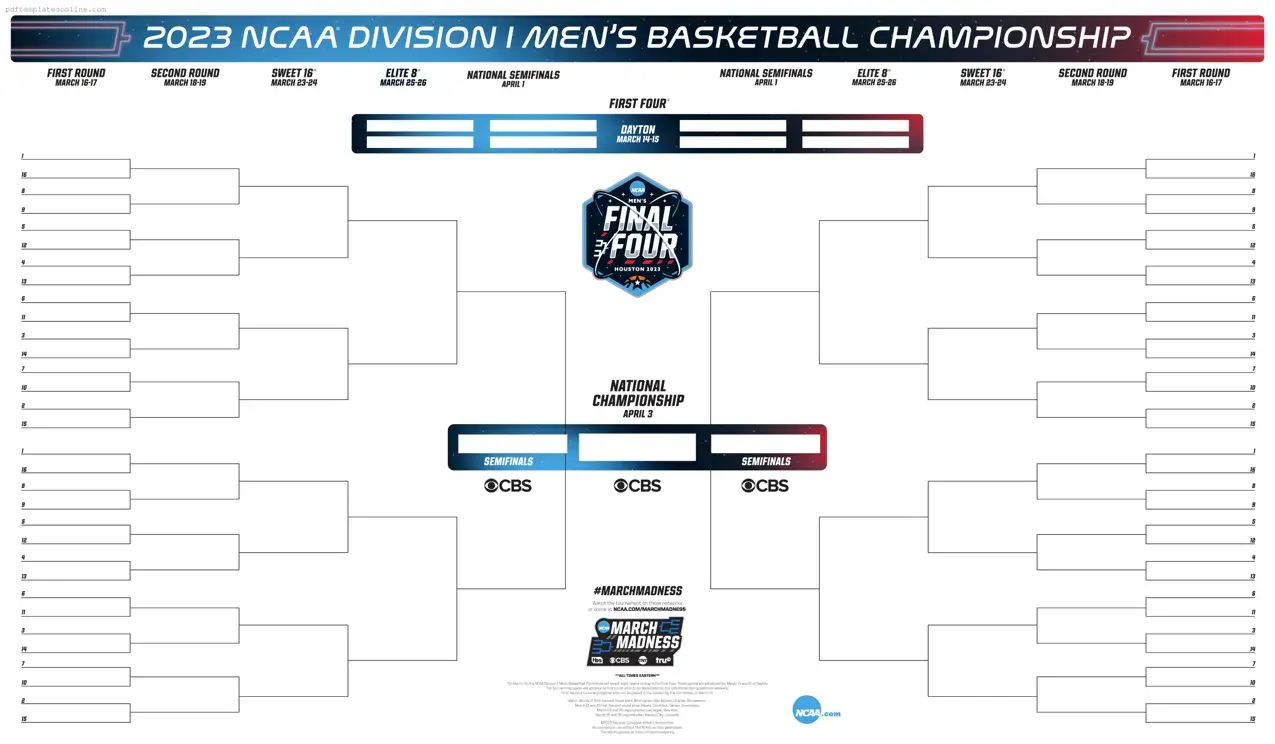Filling out an NCAA bracket can be an exciting challenge, but many people make common mistakes that can hinder their chances of success. One frequent error is not researching the teams adequately. Many fans fill out their brackets based solely on their favorite teams or players, neglecting to consider the statistics and performance trends of all teams involved. This lack of research can lead to poor choices and unexpected upsets.
Another mistake is ignoring the seedings. Each team is assigned a seed based on their performance throughout the season. People often overlook this important factor, which can help predict outcomes. Higher-seeded teams generally have better chances of advancing in the tournament. Failing to respect these rankings can lead to significant miscalculations.
Many individuals also underestimate the importance of upsets. The NCAA tournament is known for its surprises, and lower-seeded teams often pull off shocking victories. While it’s tempting to stick with the favorites, including a few strategic upsets can set a bracket apart from the rest. Balancing risk with safe picks is essential.
Another common mistake is not filling out the bracket completely. Some people might skip certain games or rounds, believing they will just guess the outcomes later. This can lead to incomplete brackets and missed points. Every game counts, so it’s crucial to take the time to fill out each section thoughtfully.
People sometimes also fail to check for updates before submitting their brackets. Injuries, suspensions, and last-minute changes can dramatically affect a team's performance. Ignoring these developments can lead to choices that are no longer valid by the time the tournament begins.
Additionally, many fans make the mistake of relying too heavily on gut feelings or personal biases. While it’s natural to favor certain teams, basing decisions on emotions rather than facts can skew the results. An objective approach will yield better outcomes in the long run.
Finally, some individuals neglect to consider the scoring system of their bracket pool. Different pools may have varying rules on how points are awarded for correct predictions. Understanding these rules is vital for strategizing effectively. Without this knowledge, even a well-thought-out bracket can fall short.
